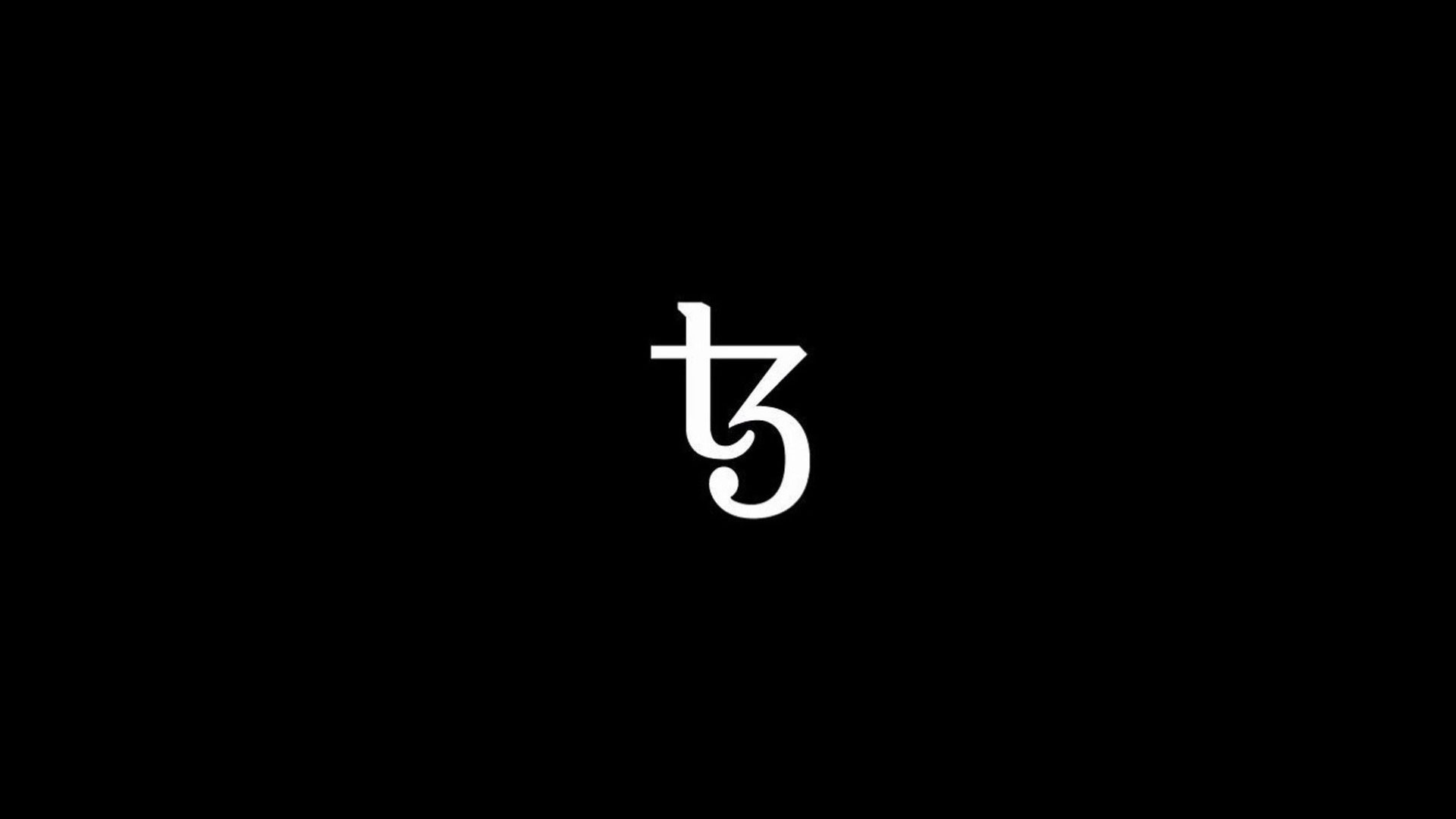My First ICO – Tezos

I must confess, I misjudged the situation. When I wrote “Crypto Success,” back at the tail end of 2015 (published May 2016), there were no real smart contracts applications. Sure, there was a lot of talk about potential; but nothing concrete. And for this reason I decided to play it safe and did not invest. I am sure that over a lifetime of crypto investments and averaging out losers and winners, it was right not to take a risk on a technology that had no visible mainstream applications. But the truth is, I missed the boat, and no amount of being right will change that.
Allow me, however, to further develop the logic I had at the time. You see, “Ether,” the Ethereum networks native token, was inflationary. In a universe populated by limited supply coins, where adoption meant exponential added value, it was hard for me to advocate Ethereum over these seemingly more logical alternatives. Further, Ether was never intended to be used as “money,” in fact, the effectiveness of the Ethereum network did rely, and still does rely (at least in theory) on the cost of Ether “Gas” being low enough to keep the network usable. It was lack of imagination on my part that this issue could be solved by modifying the amount of gas needed to execute a contract in a dynamic way.
Something else I did not foresee was how quickly Ethereum would bootstrap its eco-system. In the past two years it has done great things; a few weeks ago, “Prism”, which I regard as the first truly usable Ethereum app, was released by Shapeshift, and this, more than any amount of price appreciation, has opened my eyes to the power of smart contracts. The potential exists to decentralize the trust layer of most web apps and create a trustless payments and execution eco-system, this is huge!
Ethereum is probably still a good buy. If you have a long term outlook. It’s hard to think of a coin more likely to be here 5 years from now than Ethereum, and in this environment, survival is the name of the game. If you survive, profits take care of themselves. But I would like to introduce you to a low cost Ethereum competitor which I think may have a better ROI for you over those same five years, and it’s likely to cost you less than a dollar per at the ICO.
Tezos is the first ICO token that I will be investing in, it is a great departure from my investment philosophy, which argues that minting is an important component of a coins value proposition. There is an inherent cost to POW minting that adds both value and legitimacy to a coin. I am against conjuring coins out of thin air, which is essentially what an ICO is. But sometimes one needs to make an exception.
These are the things I like about Tezos:
- Tezos is primarily a protocol, not an app.
- The White Paper was a legitimate academic treatise of the technology being developed, and although I did not understand 100% of it, I understand enough to see that there is innovation happening here.
- Tezos has a governance system, which allows the protocol to be updated by stakeholder consensus without the need for a hard fork.
- Tezos is built from scratch and has been in development for the past several years, not a clone coin.
- It has a real value proposition separate from competitor Ethereum. It provides a safer (fully verifiable) programming language. Tezos trades efficiency for its smart contracts language “Michelson” in exchange for correctness (mathematically provable correctness of code). Those of us who were here for the DAO (though I did not invest), understand this is a smart move.
- Tezos intends to do away with “app coins” in general (though it is possible to create them), and focus instead on features added to its own protocol in an evolutionary manner through the incremental governance system. Game changer, and totally different from Ethereum.
Tezos ticks a lot of boxes for me and I think it is a good investment for those looking to expose themselves to the smart contracts ecosystem. I am unsure of how Tezos, or for that matter, Ethereum, will play out over the next several months, but I am convinced they will both be here half a decade from now, and that investment standard has served me and many other early crypto investors well. Taken together with Tezos own value proposition, I will be buying Tezos at the ICO. I encourage you to take this post as a primer and begin your own due diligence on Tezos, you will not be disappointed.